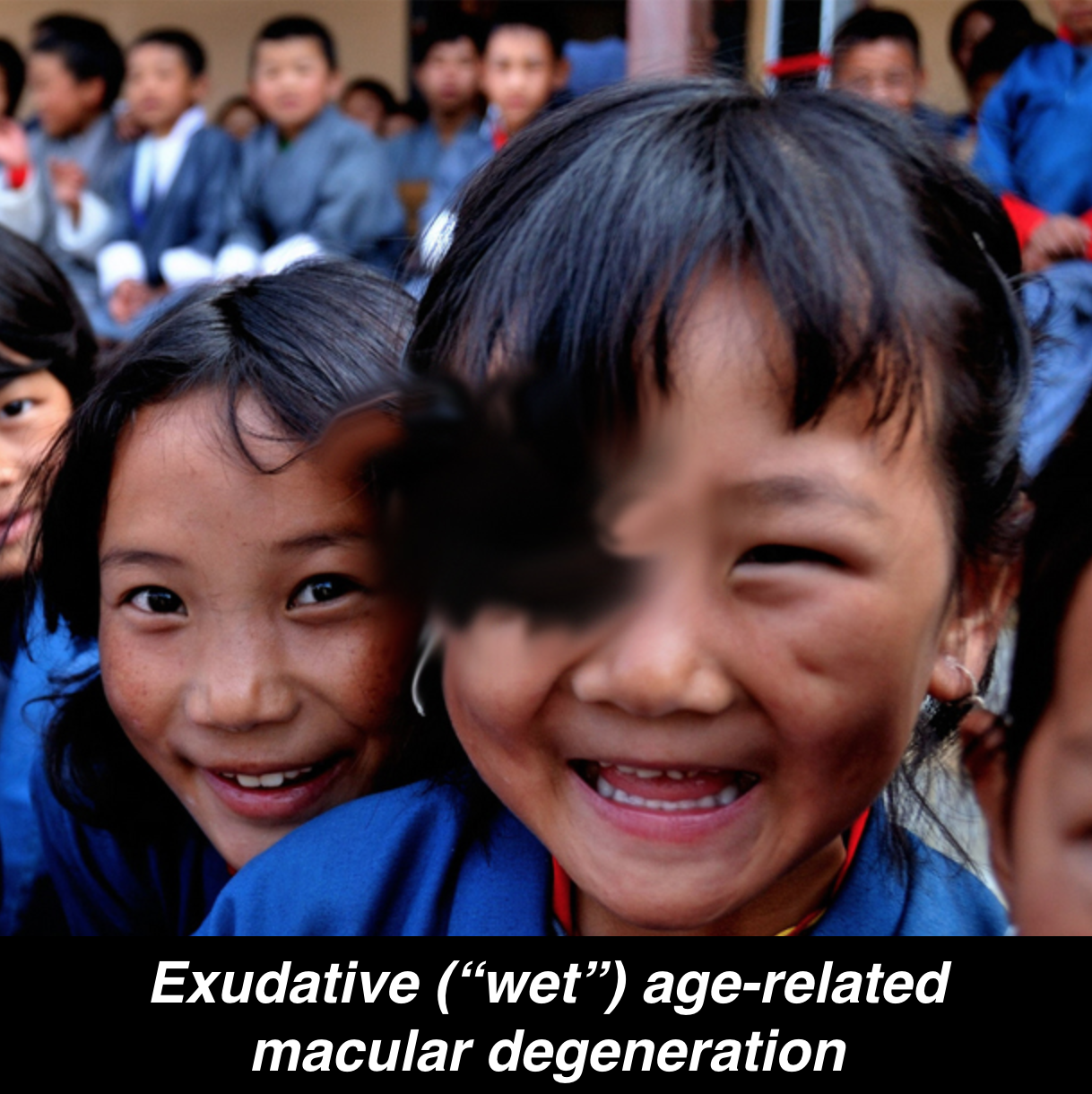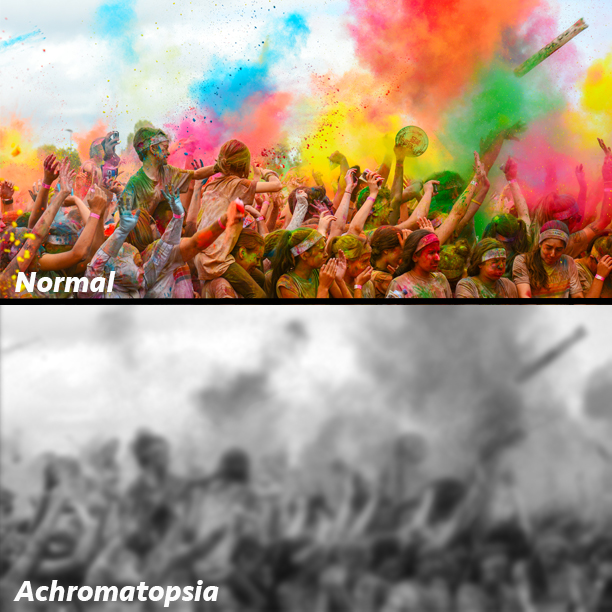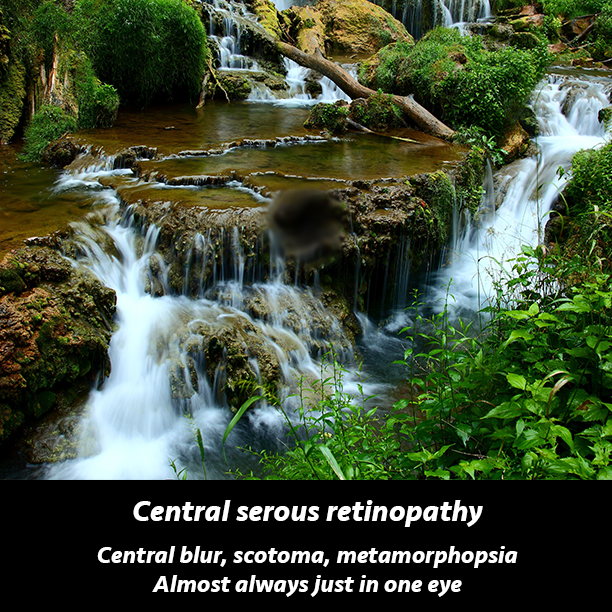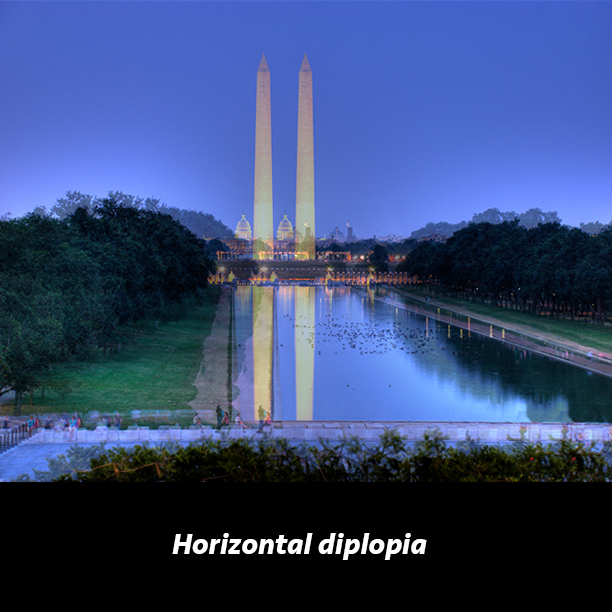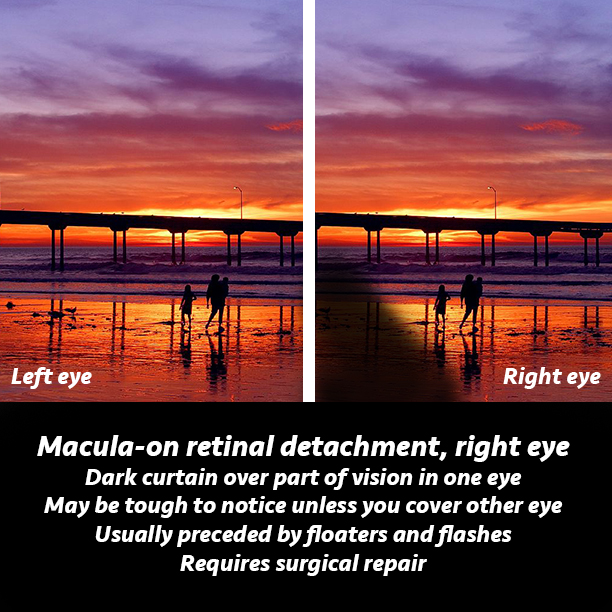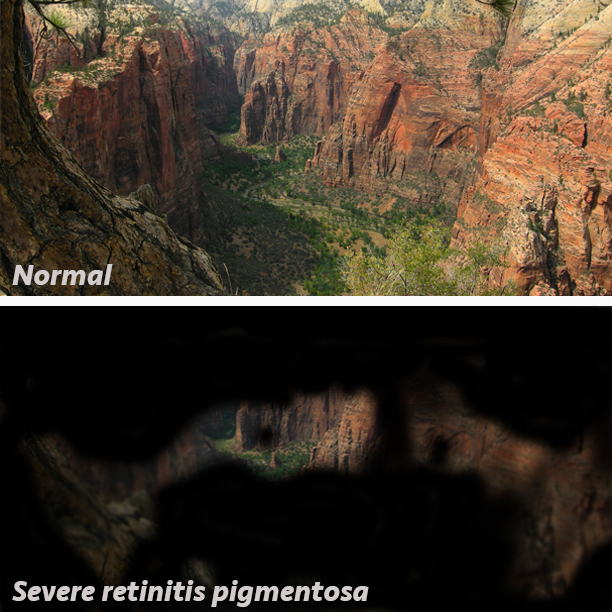Rarely does an event with as much hype as the 2017 Solar Eclipse live up to expectations. Preparing for this week's eclipse, I was moderately excited and figured it would be a neat thing to see, but I anticipated feeling a little let down when I actually saw it. I was wrong!
Leading up to the eclipse, I was honored to be interviewed on the local CBS Evening News, discussing why and how to view it safely. Here's a link if you'd like to see the video.
On the day of the eclipse, I was in the operating room, doing surgery for patients with strabismus to help realign their eyes. In between surgeries, I had a minute to peek out the window and see the eclipse as it was developing. Here in Spokane, we weren't in the path of totality, and because of the surgery schedule, I didn't get to see the partial eclipse at its maximum, but I was caught off guard by how cool it was. Seeing a crescent sun in a black sky with my eclipse glasses was definitely neat.
I was also pleasantly surprised to see the social media reaction -- it seems I wasn't the only one who found the eclipse incredibly cool. Videos from all over the country, especially those from people in the path of totality, showcased what an incredible experience this was.
If you looked at the eclipse in an unsafe way, and are now experiencing decreased vision or a blind or dark spot in your central vision in one or both eyes, you may have a condition called solar retinopathy. Solar retinopathy is a burn, caused by ultraviolet light, of the retina, the inner lining of the back of your eyes, and the home of the rod and cone cells that sense light. There is no treatment for solar retinopathy, and although some patients' symptoms may improve over the ensuing months, other people's vision loss may be permanent. If you think you may have this problem, you should see your eye doctor.
Today, the local CBS Evening News invited me back for another interview, to discuss solar retinopathy symptoms and what to do if you think the eclipse may have damaged your eyes. Here's the video of the interview.
Finally, here is a video generously shared with me by my friend Melanie Slater Munns, which shows the magical moment when the lights go out during the eclipse in the path of totality:






